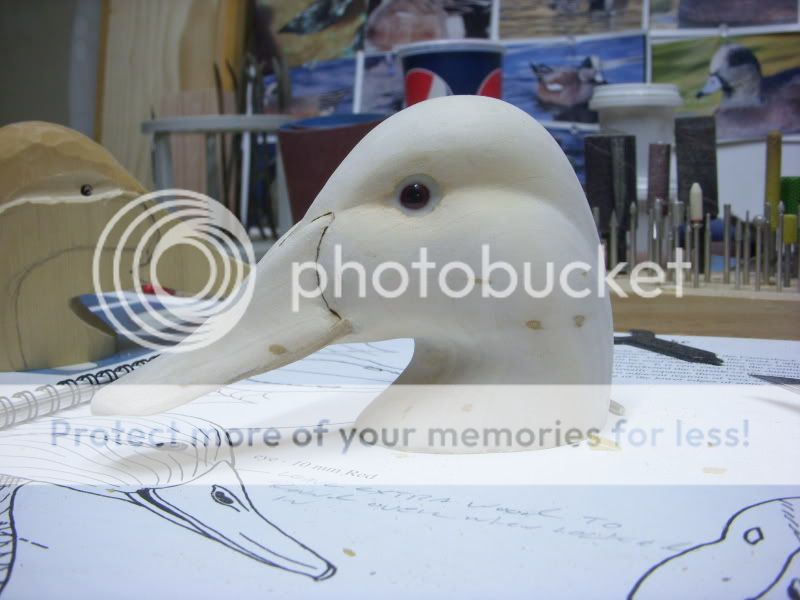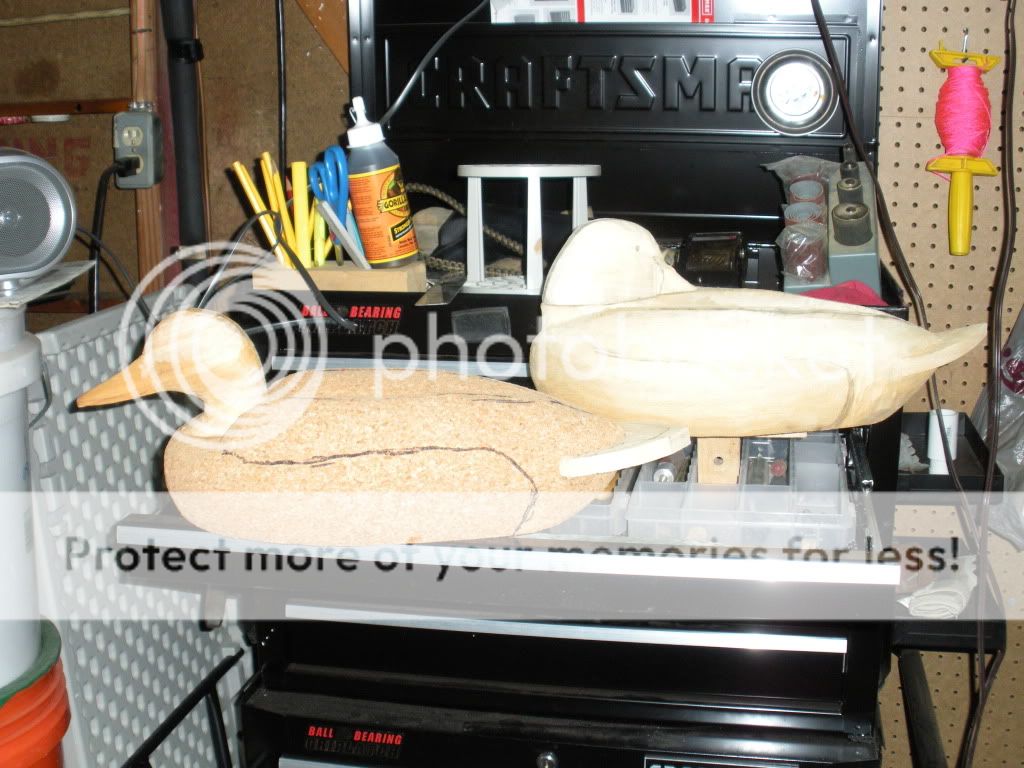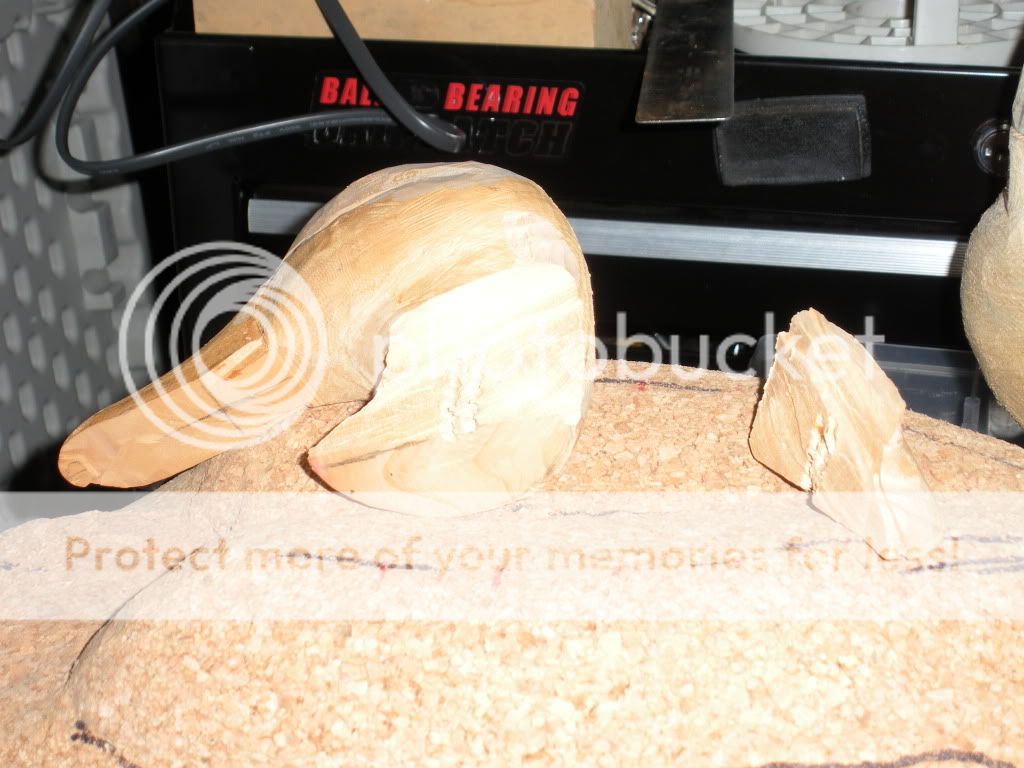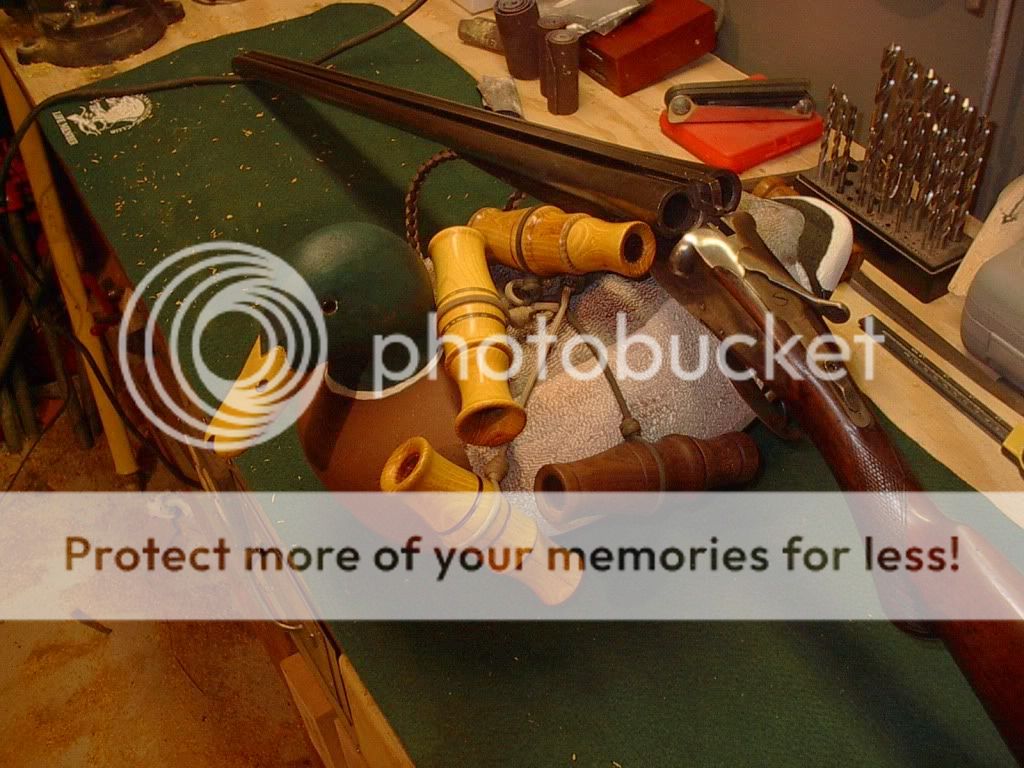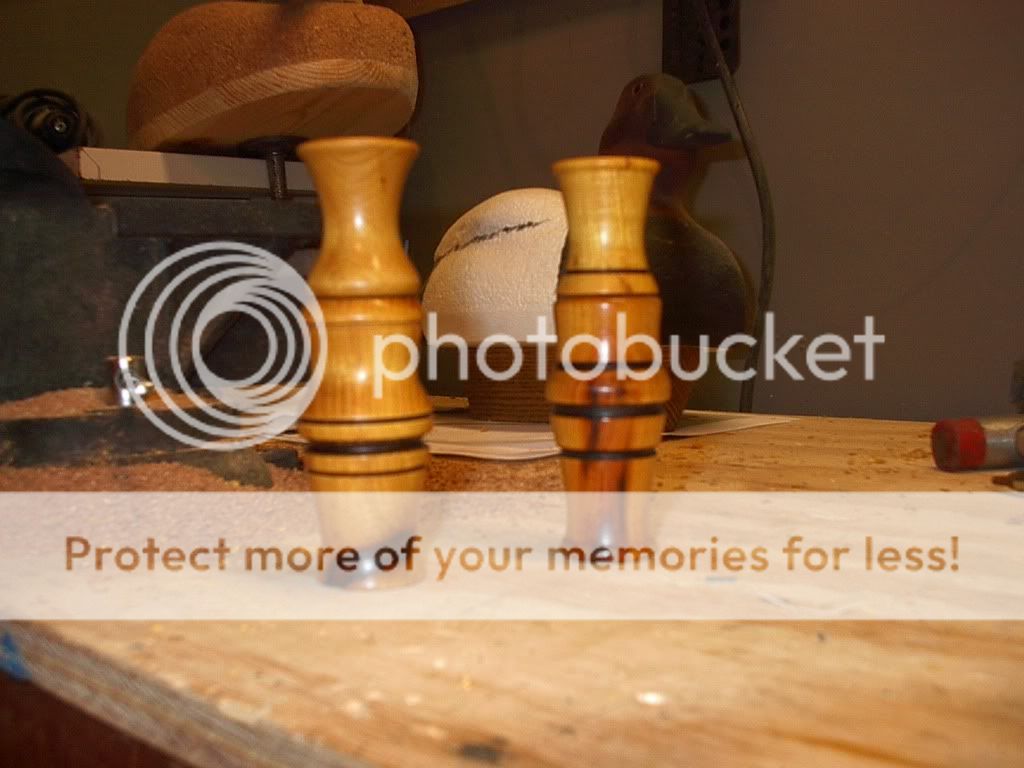THank you John, Jonathan and Jeff......glad you like my "unusual decoys"!
Jeeezzz Tom, you have been busy!! Love the mallards.
Great eye Tod......I kinda' made a promise that I wouldn't get too far off the track from waterfowling, decoys and boats when I post. John posted (what I think) is one of the most productive threads that I have seen on the other forum....a thread that usually gets everyone to participate. I like the original idea of this thread because it seems to be a good motivator for everyone to pick up their work and get back on it.
So with that in mind (and without getting too protracted)......I am very impressed with your "ID-ing" the birds on my "tropical workbench." My wife an I go to Costa Rica every year, and I am fascinated by tropical birds. I think as much of tropical species as I do ourwaterfowl and wildfowl, and have made quite a few tropical species carvings and decoys for myself and commissions. I started making tropical decoys a few years ago that I use for "photography decoys". Since many of the birds utilize the high canopy, they will often leave you frustrated because you just couldn't get close enough for decent images. Since I carved and used my own decoys for waterfowling most of my life, the idea came to me for my visits to Costa Rica. I made some toucan decoys, as I thought it would be really exciting if the birds actually decoyed to my carved decoys just as ducks did. Well, they worked and worked well. It was unbelievable to sit there in a lowland rainforest with a few of my toucan decoys hanging in a breadfruit tree, and all of the sudden keel billed and swainsons toucans were landing near my decoys and started checking them out!! I have to admnit, at that point I was hooked!
My Tico naturalist guides were stunned by this since they had never seen anything like this......in fact they didn't know what decoys were, and didn't have a name for them or for "decoy" in Espanola.....so they called them " El de mentiros" or "the fake ones" in English. I also made oropendola, aracari, scarlet macaw, and pale billed woodpecker for the lowlands, and quetzals, emerald toucanets, long tailed silky flycatcher, acorn woodpecker, and pygmy owl decoys for the highland cloud forests. It turned out that I have left many of these decoys especially the cloud forest species with friends/researchers in Costa Rica, they are now being used for their studies. My friend Merino is one of the top authorities of the quetzal, and I am honored that he uses my decoys for his studies. They are using the decoys to attract the birds to specific locations to encourage nesting or feeding in trees they planted that are not normally used, and for many other studies. I am glad that many of my decoys are being used for this. The best part is that I don't have to keep bringing them back and forth, I just leave them there, and they are waiting for me when I return.
Some of the decoys on my desk which you commented on are for my next trip in May of '011. Since I will be going during courtship season I will be finishing two or three male quetzals, and the hen you noticed "peering out of the nest hole" will be used for encouraging courtship activity.......the same for the toucanets; a perched pair or males and a female from out of the nest hole. The four long tailed silky flycatcher on the top shelf on the right will be used for the same reasons. Also included are collared trogan, flame collared tanager, a few mountain hummingbird species, and of course the Black guan you noted (a very cool bird species-they were hunted at one time). The top front (hanging by the tails) are more keel billed toucans, two oropendola, and two collared aracari will be used on the Caribbean lowlands near the town of Puerto Viejo Sarapiqui. The flying quetzal is for a sign that I making for my friends who own the lodge in the mountains where we stay. The mottled owl with acorn woodpecker prey decoy will be used to watch and document the reactions from the birds. The ornate hawk eagle with quetzal prey is a decorative carving that I am working on, as well as the decorative quetzals. I am writing a book about the quetzal, and all the carvings I am working on will be a major part of the book. The "montane cloud forest species" that I am working on: quetzal, toucanet, guan, trogan, owl, hawk eagle, etc. are all part of the natural history of the quetzal. THe image below shows Merino my Tico friend putting out quetzal and toucanet decoys in an aguacatillo tree.
Anyway.......thaks very much for asking, I appreciate your "eye" and I hope I didn't go off track on this forum!!
Thanks again,
Keith
View attachment Resized_amc.jpg

